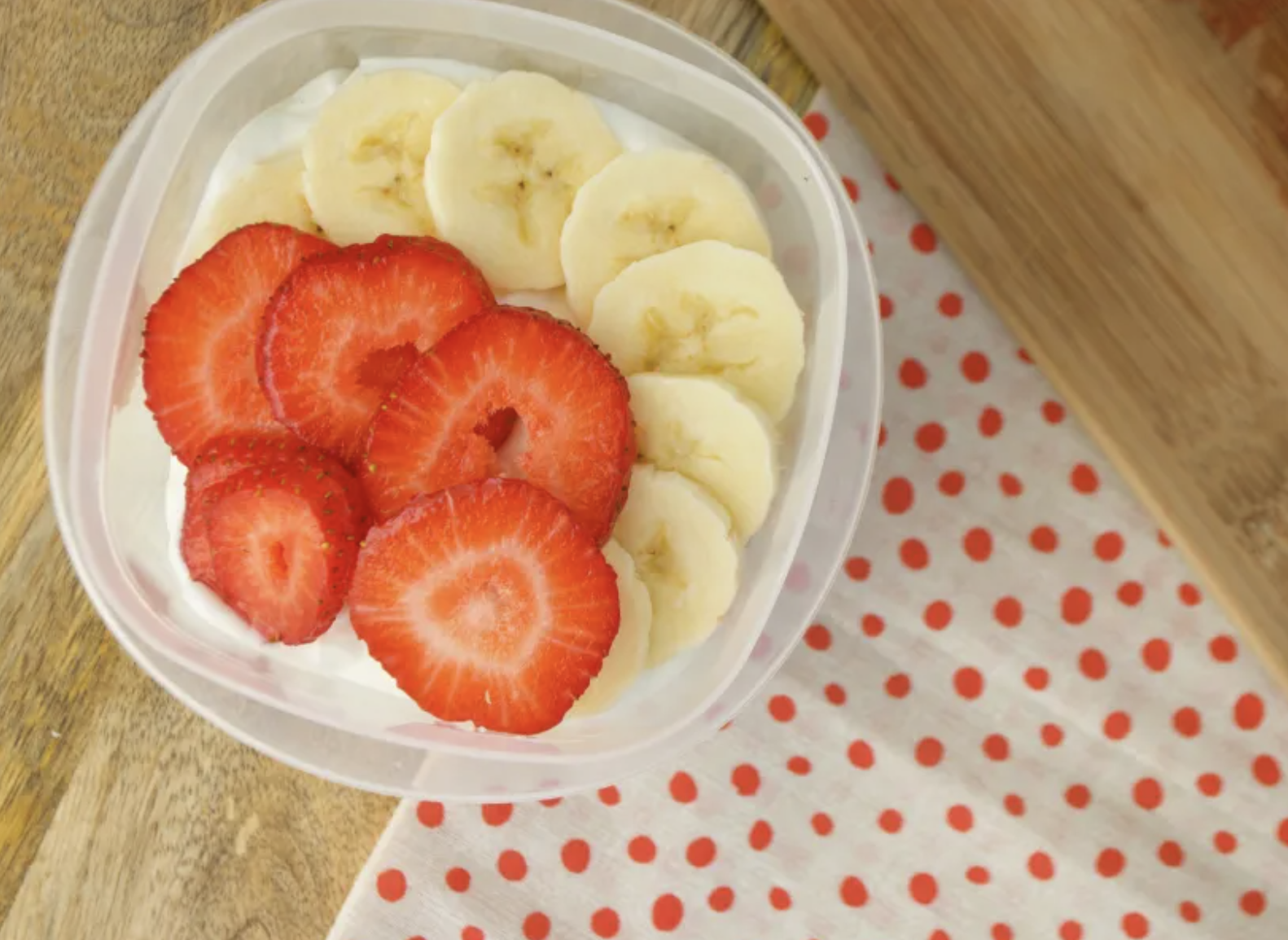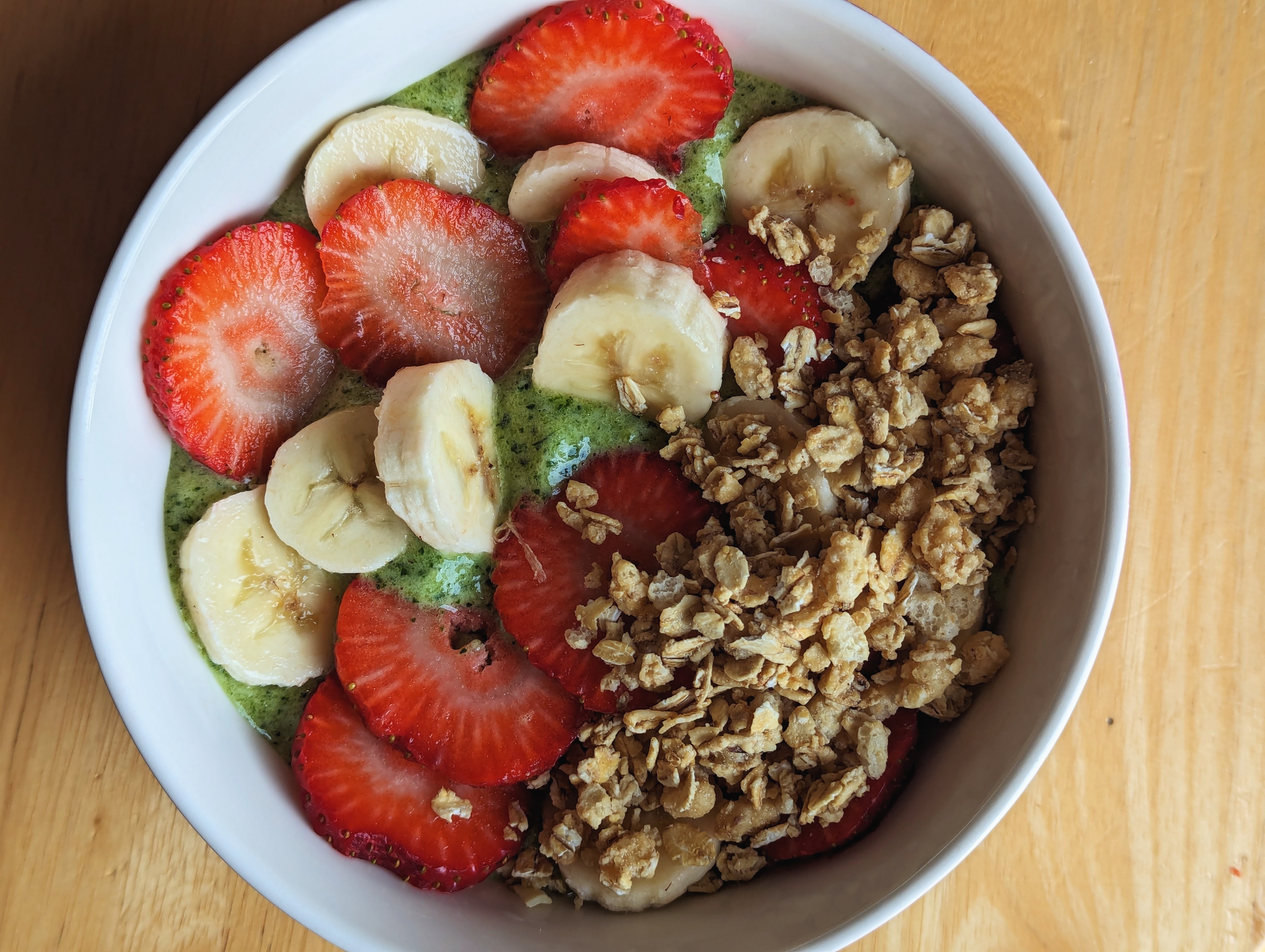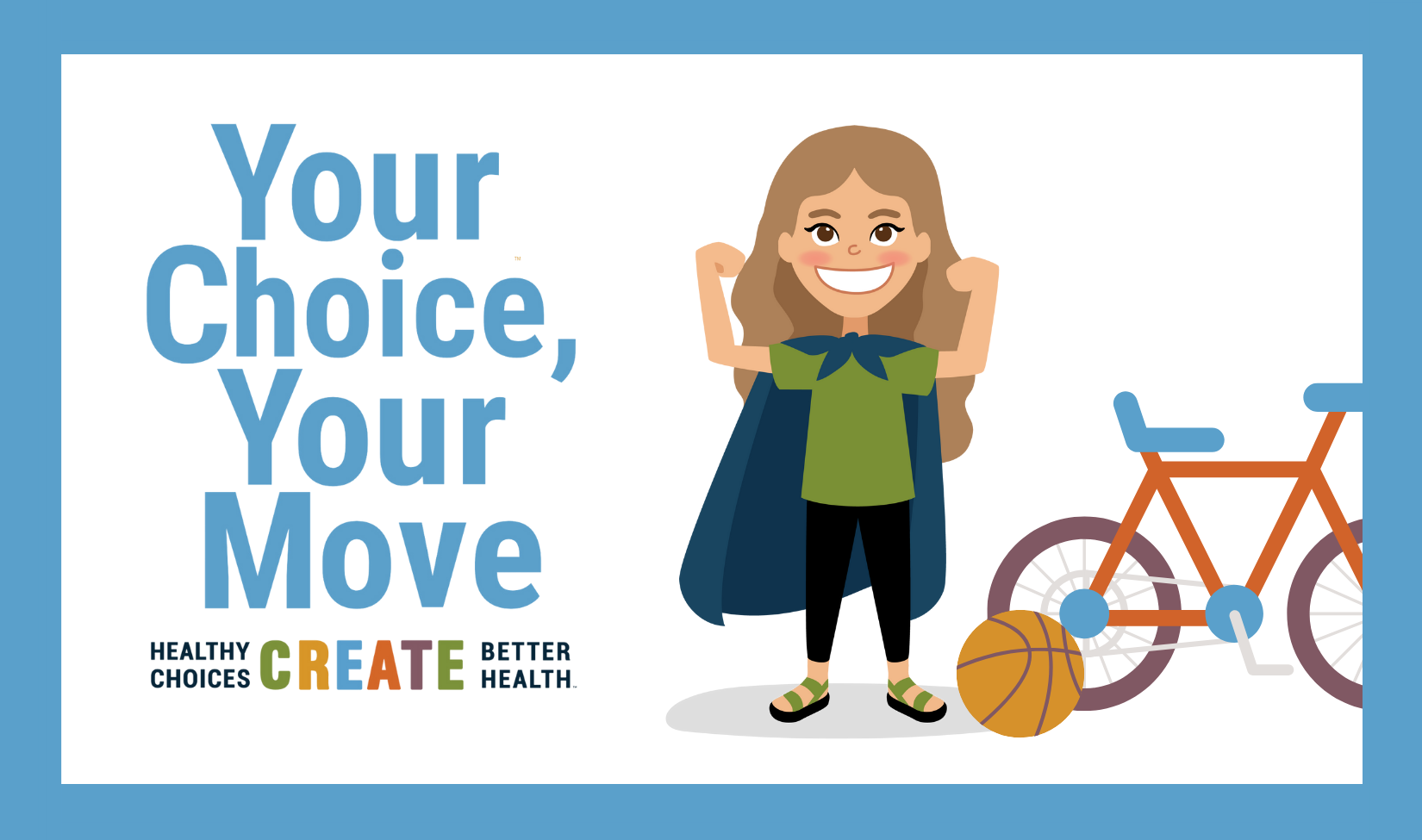Heat Exhaustion and Safe Outdoor Exercise

Exercising outdoors has a bunch of benefits, from soaking up vitamin D to enjoying the natural beauty around you! However, here in Utah it's essential to stay mindful of the potential risks, especially when it comes to heat-related illnesses.
Here’s a guide to help you enjoy your outdoor workouts safely, including how to recognize and respond to heat exhaustion.
The Benefits of Outdoor Exercise
Before diving into safety tips, let's remind ourselves why exercising outdoors is fantastic:
- Increased Physical activity: It’s recommended that most children get 1 hour of physical activity a day. Outdoor activities help make this happen!
- Varied Terrain: Parks, trails, and beaches offer diverse environments that challenge different muscle groups.
- Mental Health Boost: Some say that nature has a calming effect, reducing stress and improving overall mental well-being.
Outdoor Exercise Essential Safety Tips
To maximize the benefits and minimize the risks of outdoor exercise, follow these safety guidelines:
- Stay Hydrated: Drink plenty of water before, during, and after you exercise. If you tend to sweat a lot and plan on being outside for a long time, consider bringing a sports drink/electrolyte drink.
- Dress Appropriately: Wear lightweight, breathable, and light-colored clothing. A hat and sunglasses can protect you from the sun.
- Use Sunscreen: Apply a broad-spectrum sunscreen with at least SPF 30, even on cloudy days.
- Time Your Workouts: Exercise early in the morning or late in the evening to avoid the peak sun intensity between 10 AM and 4 PM.
- Know Your Limits: Listen to your body. If you feel dizzy, nauseous, or excessively tired, stop and rest.
Recognizing Heat Exhaustion
Heat exhaustion can occur if your body overheats. It's important to recognize the signs and act quickly:
Symptoms of Heat Exhaustion:
- Heavy sweating
- Cold, pale, and clammy skin
- Fast, weak pulse
- Nausea or vomiting
- Muscle cramps
- Tiredness or weakness
- Dizziness or fainting
- Headache
If you or someone else is experiencing these symptoms, it’s important to take immediate action.
What to Do if Heat Exhaustion Occurs
- Move to a Cooler Place: Find shade or go indoors to an air-conditioned environment.
- Hydrate: Drink water or a sports drink to replenish lost fluids and electrolytes.
- Rest: Sit down and allow yourself to relax.
- Cool Down: Apply cool, wet cloths to your skin if necessary.
- Seek Medical Attention: If symptoms worsen seek professional medical help.
To learn more about heat exhaustion, visit Mayo Clinic’s website.
Additional Tips for Hot Weather Workouts
- Acclimate Gradually: If you're not used to exercising in the heat, start with shorter, less intense sessions and gradually increase your intensity and duration.
- Buddy System: Work out with a friend. Not only is it more enjoyable, but it also promotes safety in case one of you needs help.
- Know the Forecast: Check the weather before heading out. Avoid strenuous activities on extremely hot or humid days.
Exercising outdoors is a wonderful way to stay fit and entertained throughout the Summer, but it's important to do so safely. By staying hydrated, dressing appropriately, recognizing the signs of heat exhaustion, and knowing how to respond, you can enjoy your outdoor exercise without compromising your health. Stay safe, listen to your body, and have fun!
![]()
If you enjoyed this recipe, make sure to check out our other posts!


























